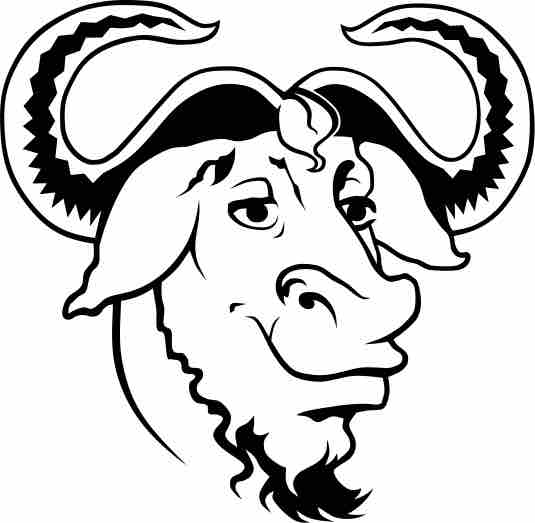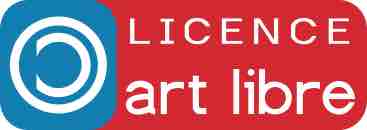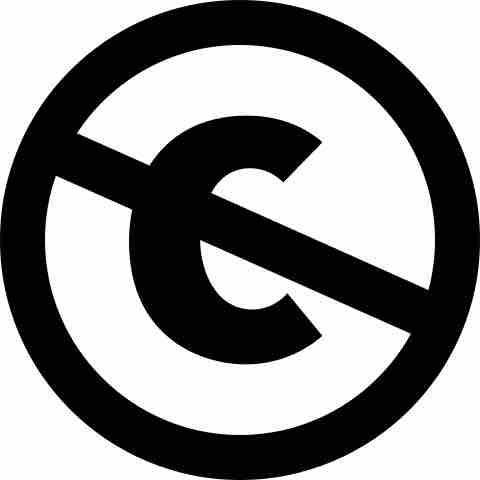Boundless believes access to quality educational content is a right, not a privilege. We make good on this belief by freely posting our open textbooks on the web under the CC BY-SA license, currently in version 4.0. Any student, educator, or self-learner can access, quote and reconfigure our textbooks for their own purposes.
It would have been impossible for Boundless to have created close to 20 subjects' worth of content without the availability of openly licensed materials. Our team of subject-matter experts "curate" the best openly licensed content: they take what's available and rewrite it as necessary to add our own layer of pedagogy and copy editing. We use materials under licenses such as CC BY, CC BY-SA, public domain (PD), and more, all of which are compatible with our own CC BY-SA license. The following are some well-known bodies or groups of licenses that work to propagate openly sourced works.
Creative Commons
Creative Commons is a nonprofit organization that enables the sharing and use of creativity and knowledge through free legal tools. The Creative Commons licenses enable the sharing and use of creativity, knowledge, and content in a structure that is accessible to the general public, not just copyright lawyers. The core Creative Commons license is CC BY ("Creative Commons Attribution"), and various abbreviations can be appended to this license to signify additional restrictions (e.g., CC BY-SA, CC BY-NC-ND, etc.).

Creative Commons logo
The GNU Project
The GNU Project mass-collaboration free-software project started in 1983 at MIT. Its aim is to give computer users freedom and control in their use of their computers. The GNU Project gave rise to the General Public License (GNU GPL) for software and the Free Documentation License (GNU FDL) for other works, which guarantees users the freedoms to use, study, share (copy), and modify the work.

The GNU Project mascot
Free Art License
The Free Art License (FAL), written in 2000, is a "copyleft" (a play on the word "copyright") license that grants the user the right to freely copy, distribute, and transform a creative work without the author's explicit permission.

Free Art License logo
The Free Art License is of French origin; in French, its name is "License ARt Libre."
Public Domain
A work can be in the public domain if (a) it was originally designated as such by the creator or (b) its copyright license has expired.

The symbol for public domain as proposed by Creative Commons
Category (a) includes, for example, any material created by the United States government (so anything found on a website ending in .gov). Individual authors can also declare their work to be in the public domain.
Category (b) includes materials whose copyrights are no longer valid. (Copyrights generally include a "copyright term"—a length of time over which they will apply, after which the copyright expires.) The length of a copyright term varies, but it is generally on the order of 70 years beyond the life of the creator. For example, Mary Shelley's book Frankenstein, originally published in 1818, is now far outside of its copyright term and therefore is in the public domain.